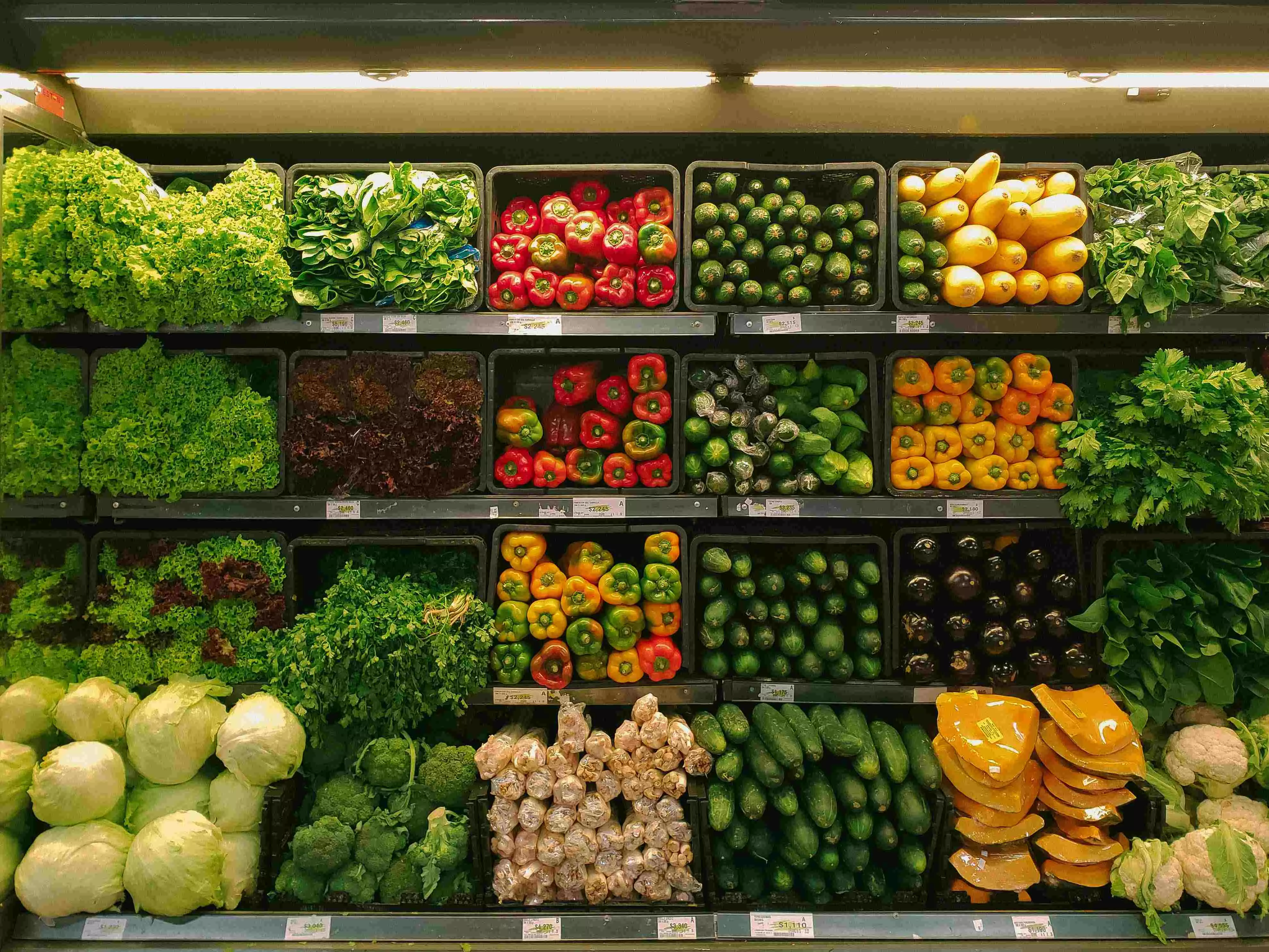Charting a stable course

In its recent Monetary Policy Committee (MPC) meeting, the Reserve Bank of India (RBI) has once again opted for stability, maintaining the policy repo rate at 6.5 per cent for the sixth consecutive meeting. This decision, coupled with the RBI's continuance of its withdrawal of accommodation stance, underscores the central bank's unwavering dedication to aligning inflation with the ideal target of four per cent. RBI Governor Shaktikanta Das reiterated the significance of stable and low inflation at 4 per cent as the cornerstone for sustainable and long-term economic growth.
Despite a temporary easing from July's peak, headline retail inflation has rebounded to a four-month high of 5.69 per cent in December. The MPC has adjusted the projection for average retail inflation in the January-March quarter to 5.0 per cent, maintaining the inflation aim unchanged at 5.4 per cent for the current fiscal year. Of particular concern to the RBI and policymakers is the persistent food inflation, which spiked to 9.53 per cent according to the Consumer Food Price Index, significantly above the October figure of 6.61 per cent. The RBI's recent bulletin suggests that food inflation sometimes mirrors core inflation, raising questions about its true impact on the Indian economy.
Conversely, core inflation, excluding food and fuel prices, has shown signs of softening in recent months, indicating positive outcomes from the RBI's inflation-focused monetary policies and affirming the stability of the economy. Looking ahead, challenges persist, including the sustained rise in food prices, uncertainties surrounding crude oil costs, and the possibility of a slowdown in domestic growth momentum. These factors could exacerbate demand pressures on inflation, particularly considering the current state of private consumption in India. Despite these challenges, the RBI remains optimistic about the country's economic prospects, projecting a real GDP growth of 7 per cent for the upcoming financial year 2024–25, an increase from the previous projection of 6.6 per cent. This forecast includes growth rates of 7.2 per cent in Q1, 6.8 per cent in Q2, 7 per cent in Q3, and 6.9 per cent in Q4. Additionally, inflation readings for Q1, Q2, Q3, and Q4 of FY25 are projected at 5 per cent, 4 per cent, 4.6 per cent, and 4.7 per cent, respectively, assuming a normal monsoon next year.
In light of these projections and the prevailing economic conditions, the RBI's decision to maintain the status quo on interest rates appears prudent. By prioritising inflation control while supporting economic growth, the central bank aims to strike a delicate balance that fosters stability and resilience in India's economy. However, it is imperative for policymakers to remain vigilant and proactive in addressing challenges such as food inflation and external uncertainties to ensure sustained economic recovery and progress. Additionally, structural reforms aimed at enhancing supply chain efficiency and bolstering domestic production could help mitigate inflationary pressures in the long run. Overall, the RBI's cautious approach reflects a commitment to strengthen India's economic landscape, ensuring stability, and laying the groundwork for sustainable growth in the years ahead.



